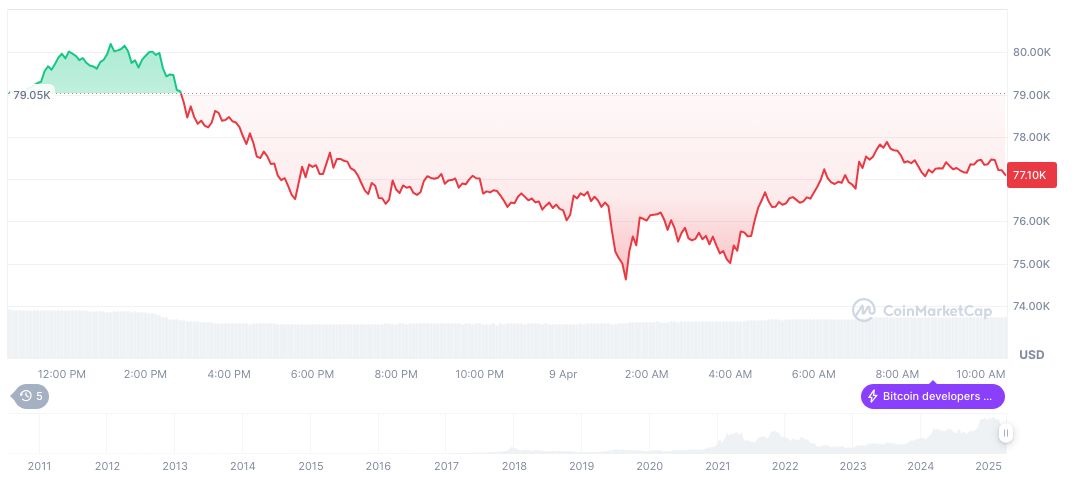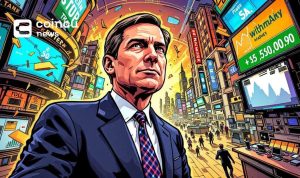- Neel Kashkari emphasized the inflation risks posed by tariffs.
- The Federal Reserve faces challenges in balancing inflation expectations with economic growth.
- Bitcoin and other markets experienced volatility due to economic concerns.
Neel Kashkari of the Minneapolis Federal Reserve highlighted the Federal Reserve’s position on interest rates amid inflation pressures from tariffs at the Detroit Lakes Chamber Economic Summit on April 9, 2025.
Kashkari stated tariffs increase inflation risks, complicating possible rate cuts, impacting traditional and crypto markets.
Kashkari: Elevated Tariff Risks Challenge Rate Cuts
Neel Kashkari, President of the Minneapolis Federal Reserve, addressed the economic implications of tariffs introduced by President Trump. At a recent summit, Kashkari noted that Trump’s tariffs are “[much higher than expected and much broader in scope.]” These tariffs are perceived to reduce investment and economic growth, while increasing inflation.
This situation has heightened the Fed’s challenge in balancing inflation expectations with economic growth. Kashkari stressed that the barrier for changing interest rates due to tariffs has increased. Despite potential economic weakness, the threshold for rate cuts has risen.
“The barrier to somehow changing rates due to tariffs has increased.”
— Neel Kashkari, President, Minneapolis Federal Reserve Bank
Bitcoin Volatility Amid Fed’s Inflation Concerns
Did you know? The U.S.-China trade conflict previously led to economic slowdowns, aligning with current concerns over tariffs.
Bitcoin, trading at $77,778.20, experienced notable volatility, with a market cap of $1.54 trillion and market dominance at 62.77%. Recent price data from CoinMarketCap illustrate a 2.16% decline in the last 24 hours, signaling market unease influenced by recent economic events and regulatory concerns affecting trading volumes.

The Coincu research team analyzed potential outcomes, highlighting regulatory scrutiny with upcoming SEC discussions on April 11. Emphasizing data-driven insights, they predict long-term impacts on technological adoption and financial markets driven by the interplay of tariffs and cryptocurrency dynamics.























